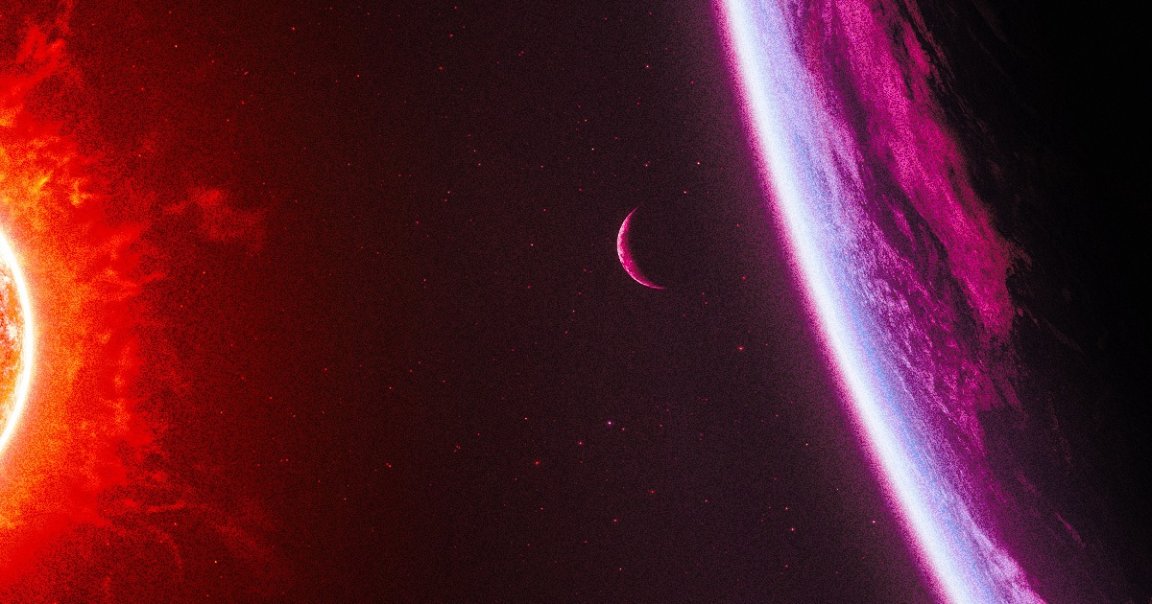
Holed Up
A large hole in the Antarctic ozone layer once thought to be steadily closing could actually be widening, according to new research, casting doubt on whether global efforts to heal the ozone have been successful after all.
Most scientists would disagree. The findings, published in the journal Nature Communications, contradict the broader consensus that the ozone has been steadily recovering over the past four decades.
By analyzing both monthly and daily changes in the ozone from 2004 to 2022, the researchers found that the ozone hole has significantly less ozone than it did 19 years ago, with levels declining by a shocking 26 percent.
“Our analysis ended with data from 2022, but as of today the 2023 ozone hole has already surpassed the size of the three years prior — late last month it was over 26 million square kilometers, nearly twice the area of Antarctica,” said study lead author Hannah Kessenich at the University of Otago said in a statement about the work.
Solar Shield
Located miles above the surface in the stratosphere, the ozone layer is essential to life on Earth, shielding our planet from the Sun’s harsh ultraviolet radiation. To protect it, world leaders at the United Nation passed the landmark Montreal Protocol in 1987, internationally banning a chemical used in aerosols called chlorofluorocarbons (CFCs) that scientists discovered just years earlier was depleting the ozone.
The treaty has been widely hailed as a huge environmental victory. This year, a UN report projected that the ozone will return to 1980s levels by 2040.
But Kessenich and her team argue that it’s too soon to pat ourselves on the back.
“Most major communications about the ozone layer over the last few years have given the public the impression that the ‘ozone issue’ has been solved,” Kessenich said. “While the Montreal Protocol has vastly improved our situation with CFCs destroying ozone, the hole has been among the largest on record over the past three years, and in two of the five years prior to that.”
Cold Culprit
So the ban on CFCs did work — but they may not be the sole culprit if we’re to explain this recent widening. Instead, the researchers suggest that ozone depletion could also be driven by the Antarctic polar vortex, a low pressure swirl of cold, westerly winds. So far, they’ve noted a link between changes in the vortex and declines in the ozone, but can’t explain why this would happen.
The researchers’ peers aren’t quite convinced, though. Martin Jucker at the Climate Change Research Centre at the University of New South Wales notes that existing literature has already found that these holes were caused by climate events such as the 2019 bushfires and a massive volcanic eruption.
“It is important to note that the ozone hole is extremely variable from year to year, meaning that it can be large one year and small the other year,” Jucker wrote in response to the paper on SciMex. “It is only over longer terms that a trend can be identified,” he explained, criticizing the study for “using only 22 years” of data.
Still, right or wrong, the researchers say their work highlights “the importance of continued monitoring of the state of the ozone layer.”
More on Earth: A Supernova Blew Out Part of Earth’s Atmosphere, Scientists Say